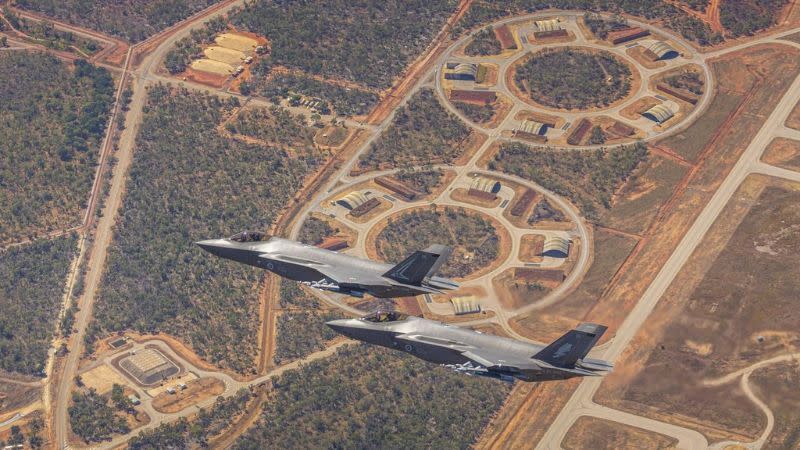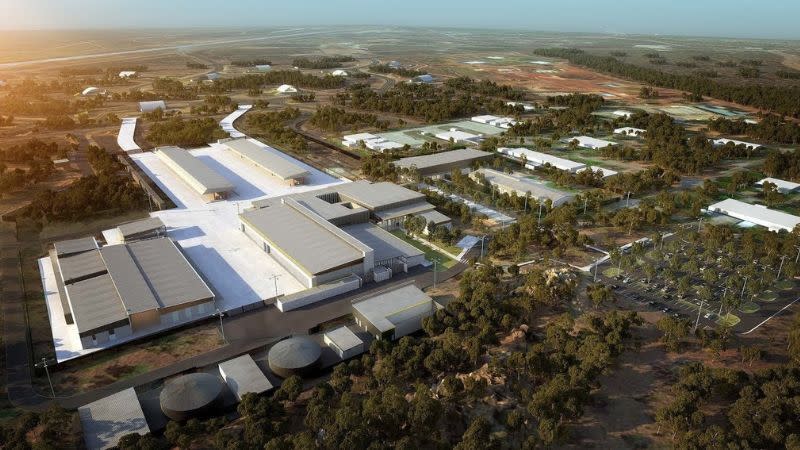Resources
Newsletter
Stay up to date and with the latest news, projects, deals and features.
Subscribe
More than $6 billion will be spent in the Northern Territory during the next five years as as the Australian and US government position the Top End as a regional defence and security hub.
According to a new report, the two goverments are expected to spend $6.23 billion with 25 defence projects slated.
It bodes well for developers and builders keen on working on alternative assets as well as much needed accommodation and services to support the defence projects.
A Master Builders NT-commissoned report by ACIL Allen, Billion-Dollar Partnership, found that 7500 extra jobs will be created and the NT’s economic growth boosted by nearly 5 per cent. Data for the report was provided by the Australian Department of Defence.
Australia’s contribution is through the Defence Strategic Review that provides $3.8 billion over four years.
Government spending on defence projects nationally was estimated at $113 billion in 2022, according to BCI.
“When Northern Australia is prosperous, the nation is prosperous,” Federal minister for Northern Territory Madeleine King said at the recent Northern Australia Ministerial Forum.
“We are working with the Australian Defence Force to maximise opportunities for communities in the north through the Australian government’s $3.8-billion investment over four years in Australia’s northern bases as part of the Defence Strategic Review.
“There is no region more strategically significant to our national security than Northern Australia.”

Master Builders NT chief executive Ben Carter said the report’s findings were good news for the construction industry and the territory’s economy.
“This is a multibillion-dollar partnership between the Australian and US Defence Departments and the construction sector,” Carter said.
“It’s going to create a surge in jobs, opportunities for thousands of businesses and other economy-wide benefits that will extend across the whole Top End.”
Federal assistant defence minister Matt Thistlethwaite agreed.
“Defence bases and infrastructure in northern Australia are vital for Australia’s capability and are major drivers of economic activity in regional and remote areas,” Thistlethwaite said.
“The Albanese government is committed to maximising opportunities for local industry and Indigenous companies in northern Australia to be involved in delivering works.”

The report found that the construction sector had a good track record of delivering on such projects but also found that further policy action was needed to address constraints.
ACIL Allen has estimated a construction industry unemployment rate of just 2.7 per cent on 2022-23, the tightest on record for the NT.
It said that this was due not just to the rising demand for construction workers but also lower levels of skilled migrants since the pandemic ended.
“Historically, the construction industry has served the NT well in building the infrastructure to support economic growth and development,” the report said.
“To serve this purpose, the construction industry has relied on a well-targeted migration program to address its workforce needs, supplemented by the sourcing of skilled labour from interstate.
“Overseas migrants have made a critical contribution to the construction industry workforce, in particular its ability to scale up during peak investment cycles.”
The report suggested policy options to help plan for growth including market signalling, releasing defence infrastructure projects to market in a program format and improving co-ordination between the NT government and the department of defence to prevent unnecessary competition for construction services.
It also had four policy ideas for building capacity in the construction sector.
These were creating a workforce development strategy for the construction industry, addressing barriers to temporary and permanent migration to bring in skilled labour, looking at the Northern Territory’s population strategy and addressing accommodation shortages which prevent recruitment of overseas or interstate workers.